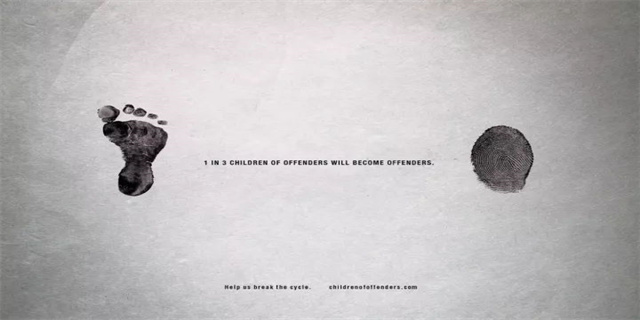摘要:Understanding Gradient: A Powerful Tool for Enhanced Design
In the world of design, there are various techniques and tools that can help elevate the overall vis
Understanding Gradient: A Powerful Tool for Enhanced Design
In the world of design, there are various techniques and tools that can help elevate the overall visual appeal of a project. One such tool is the gradient. With its ability to seamlessly blend multiple colors, gradients have become a popular choice among designers to enhance the aesthetics and create eye-catching visuals. In this article, we will explore the concept of gradients, their applications, and how they can be effectively utilized to elevate design projects.
What is a Gradient?
A gradient is a gradual transition between two or more colors, creating a smooth and continuous blend. It is a visual representation of the change in color, intensity, or value. Gradients can be simple, with a subtle transition between two colors, or complex, with multiple colors seamlessly merging into one another. Unlike flat colors, gradients add depth, dimension, and visual interest to designs, making them a versatile tool for designers across various industries.

Applications of Gradients in Design
Gradients offer a wide range of applications in design, allowing designers to add visual richness and depth to their projects. Here are some common applications of gradients:
1. Backgrounds: Gradients can be used to create visually appealing backgrounds for websites, applications, or print materials. By blending complementary or contrasting colors, gradients add depth and interest to the background, making it more engaging and visually captivating.

2. Logos and Branding: Gradients can play a significant role in logo design and branding. A well-crafted gradient can make a logo stand out, evoke desired emotions, and create a memorable brand identity. Many renowned brands, such as Instagram, Spotify, and Firefox, incorporate gradients in their logos to enhance their visual impact.
3. Illustrations and Digital Art: Gradients can be used to create stunning illustrations and digital art pieces. By blending multiple colors, designers can achieve unique lighting and shading effects, giving a sense of depth and realism to their artwork. Gradients can also be used to create visually appealing textures and patterns in digital art and illustrations.
4. User Interface Design: Gradients are widely used in UI design to accentuate elements and create visual hierarchy. They can be applied to buttons, icons, and backgrounds to add visual interest and guide users' attention. By using gradients, designers can bring focus to specific elements and improve the overall user experience.
Effective Usage of Gradients
While gradients offer a multitude of possibilities, it is essential to use them thoughtfully and purposefully. Here are some tips for effectively utilizing gradients in your design projects:
1. Consider the Color Palette: Before incorporating gradients, consider the color palette of your design. Choose colors that complement each other and create a harmonious blend. A well-chosen color palette will ensure that the gradient enhances the overall composition without overwhelming or conflicting with other design elements.
2. Keep it Simple: While complex gradients can create visually striking effects, sometimes simplicity is key. Opt for simple and subtle gradients when aiming for a clean and minimalistic design. A gradient with a smooth transition between two colors can often create an elegant and sophisticated look.
3. Pay Attention to Contrast: When using gradients in typography or user interfaces, ensure that the text or elements remain legible and accessible. Consider the contrast between the gradient background and the content, making adjustments if necessary to maintain readability.
4. Experiment and Innovate: Don't be afraid to experiment with different types of gradients and unconventional color combinations. Gradients offer a vast playground for creativity, allowing designers to push boundaries and create unique visual experiences. Embrace experimentation to discover new and innovative ways to integrate gradients into your designs.
In conclusion, gradients are an incredibly powerful tool for designers to enhance the visual appeal and depth of their projects. With their ability to seamlessly blend colors and create smooth transitions, gradients offer countless possibilities for creative expression. By understanding the concept of gradients, exploring their applications, and following effective usage practices, designers can harness the full potential of gradients and create visually captivating designs that leave a lasting impression.



